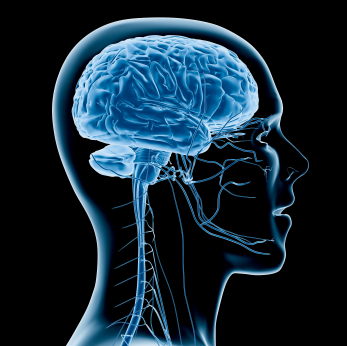
UCLA Scientists Count Cells with Stereo Investigator in Study Identifying Compensating Regions in Brain Damage

If one area isn’t working, another part can step in. Plasticity is one of the brain’s most beautiful attributes. Recent research has documented the organ’s ability to compensate in the face of damage, and now a new study identifies a key region for compensation when the damage occurs in the hippocampus.
The region is the medial prefrontal cortex (mPFC). It’s an integral part of the hippocampal-prefrontal-amygdala circuit involved with memory formation – specifically with contextual fear memories. In their study, published last month in Proceedings of the National Academy of Sciences, researchers at the University of California, Los Angeles identify a microcircuit in the mPFC that can encode memories when the dorsal hippocampus is damaged.
By conducting an unbiased stereological count of active neurons in the mPFC of brain damaged rats with Stereo Investigator‘s Optical Fractionator probe, the researchers determined that two subregions are essential for compensation: the prelimbic (PL) and infralimbic (IL) subregions which communicate with each other and balance sensory input to help the brain form memories.
“The neural signature of this compensation,” the scientists say in their paper, “is a silencing of basolateral amygdala-projecting IL neurons complemented by an increase in the activation of PL neurons projecting to the basolateral amygdala.”
During the course of the study, the researchers examined the behavior and brains of rats which had undergone several sessions of fear conditioning through a variety of behavioral tests. Prior to fear conditioning, the rats received lesions to either their hippocampus alone, their hippocampus and IL cortex, or their hippocampus and PL cortex.
Since the prefrontal cortex does not lie adjacent to the hippocampus, the study shows that the compensatory region does not have to be directly proximal to the site of injury – a common belief among the scientific community, according to the paper. The research also sheds new light on the plasticity of the fear system circuit.
“[Our results] open up the doors to the development of targeted approaches for the treatment of memory loss–related disorders due to brain damage, disease, or aging,” the authors conclude.
Zelikowsky, M., Bissiere, S., Hast, T. A., Bennett, R. Z., Abdipranoto, A., Vissel, B., & Fanselow, M. S. (2013). Prefrontal microcircuit underlies contextual learning after hippocampal loss. Proceedings of the National Academy of Sciences. doi: 10.1073/pnas.1301691110


